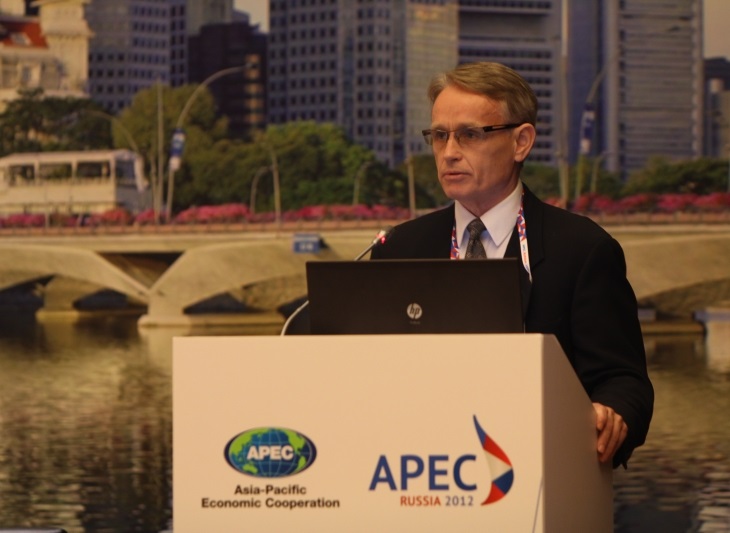Unlocking barriers on ICT products benefits regional prosperity

The removal of trade barriers on information and communication technology (ICT) products increases their accessibility and expanding the Information Technology Agreement (ITA) will further spur productivity, innovation and economic growth.
That was the consensus of ICT industry representatives and APEC officials when they met in Singapore on Thursday to discuss the future of the ITA, which currently eliminates tariffs on selected ICT goods.
ICT sector competition fuelled by tariff reduction helps drive innovations that enable delivery of superior technologies to consumers at reduced cost and is of considerable value to APEC economies, delegates agreed.
Among the benefits provided by the ITA within the region are low prices that have boosted ICT software and services industries in developing member economies and the emergence of global ICT supply chains that are primarily located in Asia. This translates into more robust ICT export growth among APEC members who have joined the ITA.
The ITA was inked in 1996 and came into force a year later, with the agreement’s participating economies, 16 of which are APEC members, now accounting for over 90% of world trade in information technology products.
Yet, industry voices gathered in Singapore called for re-evaluation of the ITA’s product scope and participation, describing it as long overdue.
“After 15 years, it’s time to think about the expansion of the ITA agreement so that it offers greater product coverage and further has the buy-in of all WTO members,” said Sam Shen, Director of the Institute for Information Industry in Chinese Taipei.
The ITA covers ICT product categories such as semiconductors, computers and telecommunications equipment, but does not cover many other core ICT and recent consumer ICT innovations which experts regarded as a major opportunity to improve the agreement.
Dynamic random access memory for personal computers and workstations, global positioning systems, e-readers and new semiconductor chips are just a few of the ICT products that fall outside ITA’s reach and at great expense to APEC economies as key manufacturers of them, Intel’s Asia-Pacific Legal Policy Director John Matheson contended.
“From 1996 to 2008, total global ICT trade increased more than 10% annually, from USD1.2 trillion to USD4 trillion, but there is still an estimated USD800 billion in two way ICT trade and USD190 billion in global GDP that is being held back as a result of ITA limitations,” said Matheson.
Experts agreed that the solution is to expand the agreement to unlock would-be benefits for trade in goods and services.
“As much as the ITA has contributed to innovation and growth, it can still do a lot more to boost supply chains, ITA product penetration and economic health and prosperity,” noted Akihiro Tanii, Vice-Chair of Trade Committee, Japan Electronics and Information Technology Industries Association and a Panasonic Corporation senior representative.
The future of what the ITA can do is an open proposition, dialogue participants concurred.
“The ITA is there and waiting to extend immediate benefits to economies that come on board, and there is a real opportunity now for participants to work together to significantly broaden the ITA’s inherent benefits,” said Mary Elizabeth Chelliah, Deputy Director of International Trade Cluster at Singapore’s Ministry of Trade and Industry, who moderated the discussions.
To get there, meeting participants concluded that APEC economies would be well served to help lead the charge to jointly expand the ITA product coverage. This will ensure that the ITA keeps up with technological advances and reflects private sector views.
# # #
For more information, including media arrangements for the Singapore meetings, please contact David Hendrickson +65 9371 8901 at [email protected] or Michael Chapnick +65 9647 4847 at [email protected].
More details about APEC’s 2012 priorities and initiatives for the year can be found on www.apec.org or www.apec2012.ru.
Additional details about APEC meetings, events, projects and publications can be found at www.apec.org. You can also follow APEC on Twitter and join us on Facebook.

